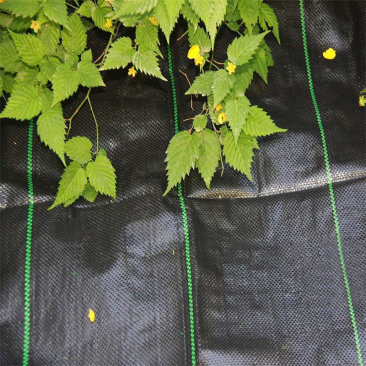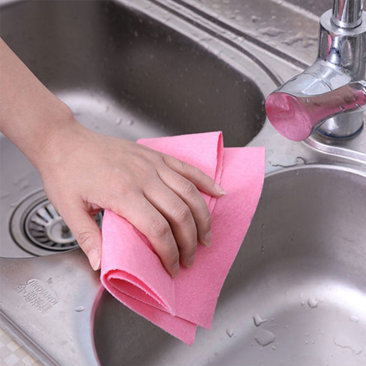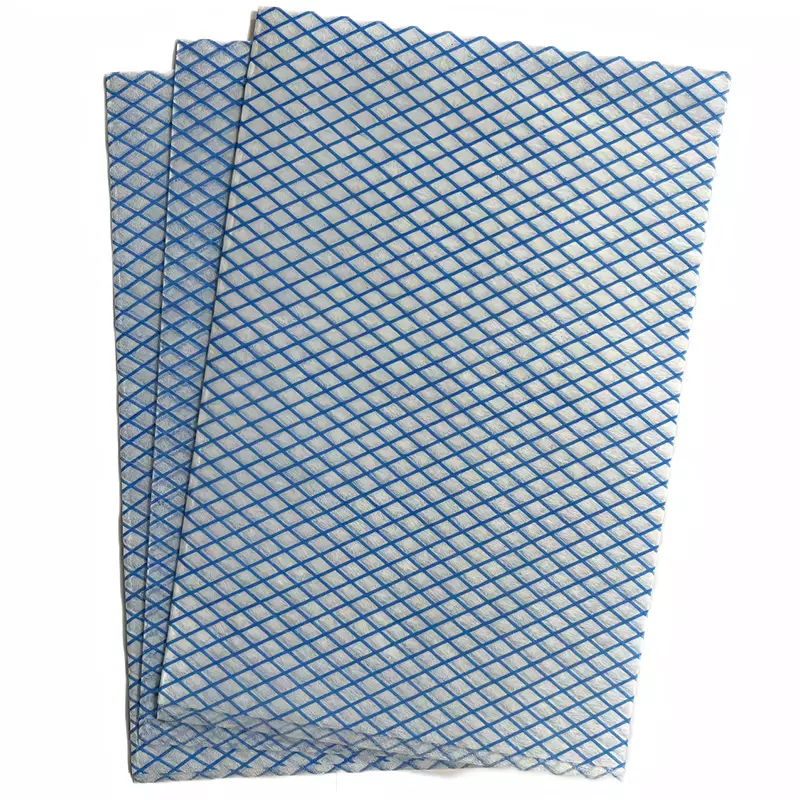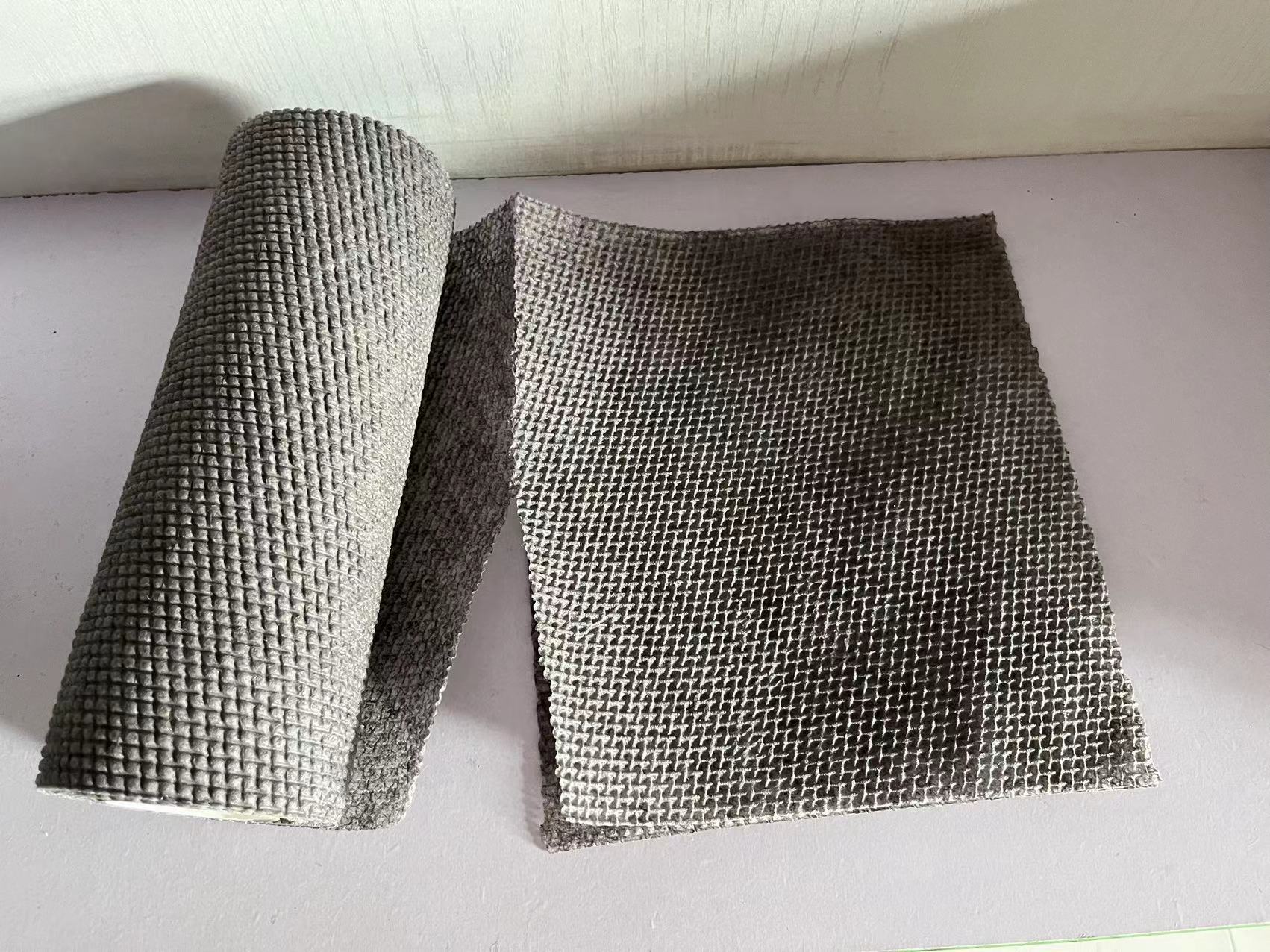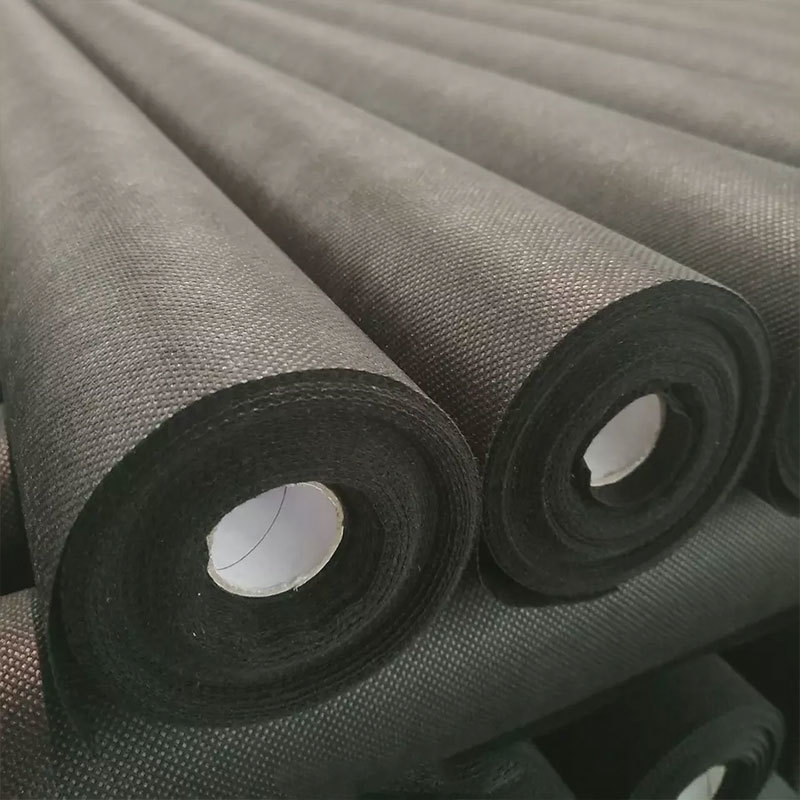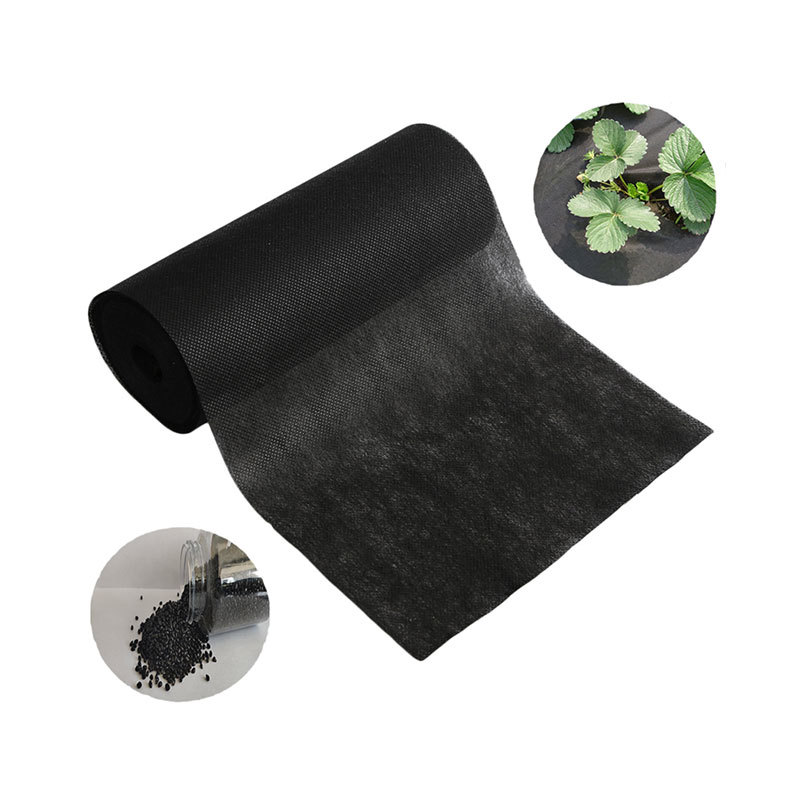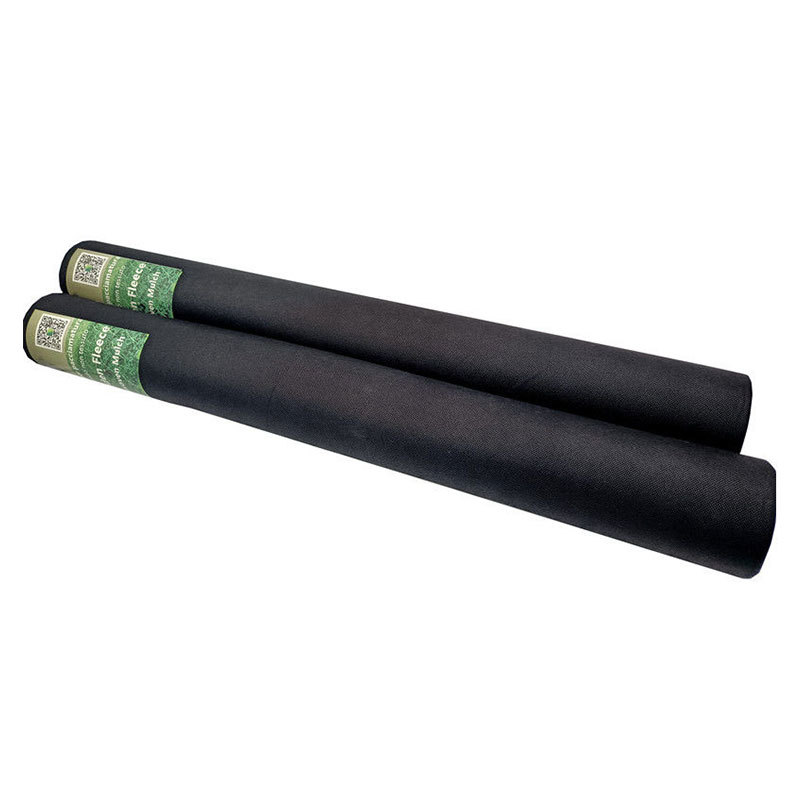17
2025
-
07
Top Benefits of Using Permeable Landscape Fabric in Construction
Top Benefits of Using Permeable Landscape Fabric in Construction Table of Contents 1. Introduction to Permeable Landscape Fabric 2. Key Benefits of Permeable Landscape Fabric 2.1 Enhanced Drainage Solutions 2.2 Effective Erosion Control 2.3 Improved Plant Health 2.4 Sustainability and Environmental Benefits 2.5 Cost-Effe
Top Benefits of Using Permeable Landscape Fabric in Construction
Table of Contents
- 1. Introduction to Permeable Landscape Fabric
- 2. Key Benefits of Permeable Landscape Fabric
- 2.1 Enhanced Drainage Solutions
- 2.2 Effective Erosion Control
- 2.3 Improved Plant Health
- 2.4 Sustainability and Environmental Benefits
- 2.5 Cost-Effectiveness in Construction
- 3. Applications of Permeable Landscape Fabric
- 4. Installation Tips for Optimal Performance
- 5. Maintenance Practices for Longevity
- 6. Frequently Asked Questions
- 7. Conclusion
1. Introduction to Permeable Landscape Fabric
Permeable landscape fabric serves as an innovative solution in modern construction, particularly for landscaping, gardening, and outdoor projects. Unlike traditional landscape fabrics, permeable options allow water and nutrients to pass through freely, while still providing a barrier against weeds and soil erosion. This unique characteristic makes permeable landscape fabric a valuable asset in the construction industry, especially in projects that prioritize sustainability and environmental stewardship.
2. Key Benefits of Permeable Landscape Fabric
2.1 Enhanced Drainage Solutions
One of the primary benefits of using permeable landscape fabric is its ability to facilitate excellent drainage. By allowing water to percolate through the fabric, it prevents water pooling and runoff, which can lead to flooding and other water-related issues. This enhanced drainage capability is crucial for various applications, including:
- **Landscaping**: Maintaining healthy plant environments.
- **Driveways and Pathways**: Preventing erosion and structural damage.
- **Sustainable Construction**: Supporting rain gardens and bio-swales.
2.2 Effective Erosion Control
Erosion is a significant concern in any construction project, particularly in areas with sloped terrain or heavy rainfall. Permeable landscape fabric plays an essential role in controlling erosion by stabilizing soil and preventing sediment loss. This fabric acts as a barrier that holds soil particles in place while allowing water to flow through, effectively mitigating the impact of water erosion. Key advantages include:
- **Soil Retention**: Helps maintain soil integrity in gardens and construction sites.
- **Protection of Water Bodies**: Reduces sediment runoff into nearby lakes and rivers.
2.3 Improved Plant Health
For those involved in landscaping and gardening, using permeable landscape fabric can significantly enhance plant health. The fabric allows for optimal air and water exchange, which is vital for root development and growth. Some specific benefits include:
- **Nutrient Retention**: The fabric retains moisture and nutrients in the soil, promoting healthier plants.
- **Weed Suppression**: Acts as a barrier against weeds, reducing competition for resources.
2.4 Sustainability and Environmental Benefits
In an era where sustainability is paramount, permeable landscape fabric stands out as an eco-friendly choice. Its ability to manage stormwater runoff helps reduce the urban heat island effect and improves the overall quality of local waterways. Additional environmental benefits include:
- **Promoting Biodiversity**: By creating healthier ecosystems, it supports a variety of plant and animal life.
- **Reducing Carbon Footprint**: Minimizes the need for chemical weed control and excessive watering.
2.5 Cost-Effectiveness in Construction
Investing in permeable landscape fabric can lead to significant cost savings over time. Its durability and effectiveness in drainage and erosion control minimize the need for ongoing maintenance and repairs. Benefits include:
- **Long Lifespan**: High-quality permeable fabrics are designed to withstand harsh conditions.
- **Reduced Labor Costs**: Less frequent need for maintenance means lower labor expenses for property owners and contractors.
3. Applications of Permeable Landscape Fabric
Permeable landscape fabric is versatile and can be used in various construction and landscaping applications, including:
- **Gardens and Flower Beds**: Enhances plant growth while controlling weeds.
- **Driveways**: Supports permeable paving solutions that allow water infiltration.
- **Sustainable Projects**: Essential in rain gardens, permeable pavements, and green roofs.
This fabric can also be utilized in commercial properties, public parks, and residential landscapes, proving its adaptability across different environments.
4. Installation Tips for Optimal Performance
To reap the maximum benefits from permeable landscape fabric, proper installation is essential. Here are some steps to ensure optimal performance:
1. **Site Preparation**: Clear the area of weeds, rocks, and debris.
2. **Select the Right Fabric**: Choose a fabric specifically designed for permeability, ensuring it meets your project’s requirements.
3. **Layering**: Use a base layer of gravel or coarse soil to aid drainage before placing the fabric.
4. **Secure the Fabric**: Use landscape staples or pins to hold the fabric in place, preventing movement during heavy rains.
5. Maintenance Practices for Longevity
Although permeable landscape fabric requires less maintenance than traditional options, certain practices can help extend its lifespan:
- **Regular Inspections**: Periodically check for signs of clogging or damage.
- **Cleaning**: Gently wash the surface to remove any debris that may obstruct water flow.
- **Weed Management**: Address any weed growth promptly to prevent them from penetrating the fabric layers.
6. Frequently Asked Questions
What is permeable landscape fabric made from?
Permeable landscape fabric is typically made from synthetic materials, such as polypropylene or polyester, that are designed to allow water and air to pass through while blocking weeds.
How does permeable landscape fabric differ from traditional landscape fabric?
Traditional landscape fabric is designed primarily to block weeds, while permeable landscape fabric allows for water and nutrients to flow freely, making it ideal for drainage and erosion control.
Can permeable landscape fabric be used in all soil types?
Yes, permeable landscape fabric can be used in various soil types, but its effectiveness may vary depending on the specific drainage characteristics of the soil.
How long can permeable landscape fabric last?
High-quality permeable landscape fabric can last anywhere from 5 to 25 years, depending on environmental conditions and maintenance practices.
Is permeable landscape fabric environmentally friendly?
Yes, permeable landscape fabric promotes sustainable practices by managing stormwater runoff, reducing erosion, and supporting healthier ecosystems.
7. Conclusion
In conclusion, permeable landscape fabric presents a myriad of advantages for the construction industry, particularly in landscaping and erosion control applications. Its ability to enhance drainage, improve plant health, and promote sustainability makes it an invaluable resource for any construction project. By understanding its benefits and implementing proper installation and maintenance practices, we can ensure that permeable landscape fabric serves as a long-lasting solution for both practical and environmental needs. Embracing this innovative material will not only contribute to successful construction projects but also support a healthier planet.
permeable landscape fabric


